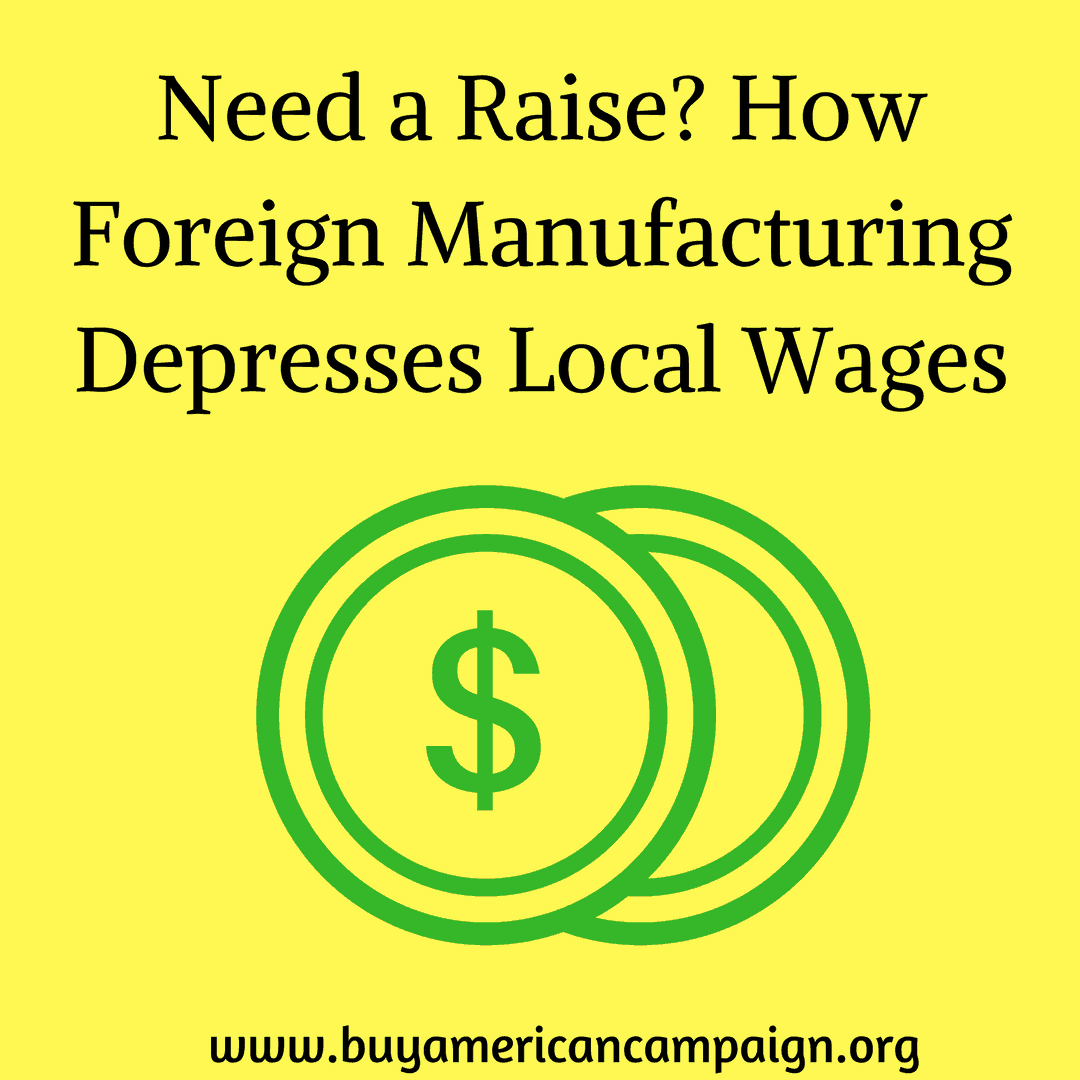
By Dan Murphy with Frank Spotorno
One of our friends in our mission to Bring Our Jobs Home is the Reshoring Initiative, reshore.org, which sits down with corporations and compares the cost of doing business overseas with making it in the USA. “We publish this data annually to show companies that their peers are successfully reshoring and that they should reevaluate their sourcing and siting decisions,” said Harry Moser, founder and president of the Reshoring Initiative.
“With 3 to 4 million manufacturing jobs still offshore, as measured by our $500 billion/year trade deficit, there is potential for much more growth. We call on the administration and Congress to enact policy changes to make the United States competitive again. Our Competitiveness Toolkit is available to help quantify the impact of policy alternatives, including a stronger skilled workforce, continued corporate tax and regulatory reductions as well as lower U.S. dollar.”
Moser and the Reshoring Initiative also found that the reasons for re-shoring of jobs back to the USA were:
Proximity to customers remained the leading factor driving reshoring and FDI in 2017, followed by Image/Branding: Made in USA, Government incentives, and Ecosystem synergies.
The Southeast and Texas remain the top regions for reshoring and FDI, with the Midwest gaining ground in second place due to its strong industrial base.
Transportation equipment remained the strongest industry, accounting for nearly 36 percent of total jobs returned. Apparel and Medical Equipment saw the largest increases in industry ranking.
Preliminary 2018 data trends are at least as strong as 2017.
We always hear about how manufacturing jobs are dying away with automation, technology and robotics. But how does automation affect China vs the USA?
“Automation helps developed countries more than developing countries. Developing countries’ key advantage is lower wage rates. Automation reduces the labor hours required to produce goods and shifts the labor mix toward higher skilled workers. That creates a problem for China, because at higher skill levels, the wage gap between U.S. and Chinese workers is smaller,” said Harry Mosher, who also busted a few myths about reshoring and manufacturing in the USA in a recent speech.
Fiction: Few jobs can be brought back to the U.S. “There is proof they can be brought back,” said Moser. “In 2017, 171,000 jobs were announced to come back—this is about 90% of the entire increase of manufacturing employment in 2017.”
Fiction: Robots are taking many of the manufacturing jobs and should be taxed. “If you tax the robots you won’t have as many robots as you should, and we believe if the U.S. doesn’t embrace automation then the U.S. may lose more jobs to China,” said Moser. “If you automate you have the work here with the possibility of more employment.”
Fiction: Almost all manufacturing job losses have been due to productivity, not offshoring. “However, we believe that 60% of the loss was due to offshoring, not productivity.”
Fiction: The trade deficit is not important and cannot be fixed anyway. “Actually, the trade deficit drives the low saving rate, and we believe that because there is a high trade deficit, the savings rate is low.”
Fiction: Manufacturing employment will inevitably continue to decline like agriculture. “Manufacturing is opposite of the agriculture industry—it is low volume high mix—tending towards customization and it is much harder to automate manufacturing than agriculture where you have a high volume low mix,” explained Moser.





